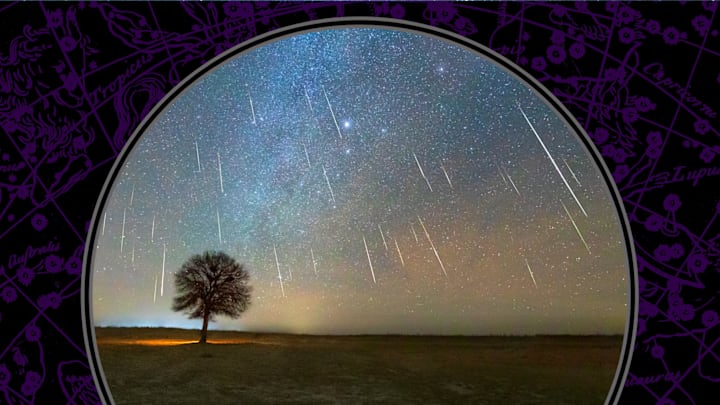By the time the Independence Day fireworks quiet down, a different type of light show dazzles spectators in late July. The Delta Aquariid meteor shower begins in the middle of the month and peaks on July 29, 2022. Here's what you need to know to catch the event.
What are the Delta Aquariids?
Each summer, our planet passes through the tail of the Comet 96/P Machholz. As rocks from the comet's debris field burn up in Earth's atmosphere, they appear to streak as shooting stars across the night sky. At their peak, the Delta Aquariids produce as many as 20 shooting stars per hour. The meteors fly at mid-range speeds of up to 25 miles per second.
The meteor shower gets its name from the star Delta Aquarii in the constellation Aquarius. As the comet debris burns up, the meteors appear to spray from the water bearer, with Delta Aquarii acting as the radiant point. They originate from the southern part of the night sky.
How to See the Delta Aquariid Meteor Shower
In 2022, the Delta Aquariids start around July 18 and last until about August 21. Their peak is predicted to be the night of July 29, but the meteors are still very active on the surrounding dates. The peak coincides with a new moon on July 28, meaning that the moon will appear dark around that date. You'll be more likely to see meteors without the glow of moonlight obscuring the view.
The meteors are most visible from the northern tropics and the Southern Hemisphere. To boost your chances of spotting a shooting star, find an open area with dark, unobstructed skies. Here are some tips for stargazing from astronomers.
A version of this story ran in 2021; it has been updated for 2022.
